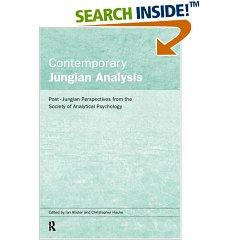
This collection of essays chronicles much of the acrimonious in-fighting which has raged within the British analytical psychology movement since the Freud-Jung split. Essential reading for anyone wishing to know more about contemporary psychotherapy, these writings from members of the Society of Analytical Psychology cover themes such as infancy, gender, transference, popular culture, assessment and pathology, dreams and active imagination. Each chapter brings together the works of two authors to illustrate different approaches to the same topic.
在那儿买“STATISTICAL METHODS FOR PSYCHOLOGY”. . . . . .
Buy New $34.94
Best Price $34.94
Publisher:Routledge; 1 edition (August 19, 1998)
Language:English
ISBN-10:0415141664
ISBN-13:978-0415141666
Product Dimensions:9.1 x 6.1 x 0.9 inches
Shipping Weight:14.88 ounces
Book Reviews
Contemporary Jungian Analysis
By Ian Alister and Christopher Hauke, New York, Routledge, 1998, 314 pages, ISBN
0-41514-166-4, $25.99
Mark Kuras, Ph.D.
Key Words: Books Reviewed
Carl G. Jung's analytical psychology does not regularly find representation in
professional psychotherapy journals. Jung's break with Freud in 1913 caused the
two original schools of depth psychology to develop in relative isolation, this
being especially true in the United States.
This situation was amended somewhat in Great Britain. The pioneering work of the
British analyst Michael Fordham applied Jung's model of the psyche to child
therapy, and the observations he made through it allowed for a dialogue between
analytical psychology and psychoanalysis to be established. The book reviewed
here is a series of Jungian contributions to well-known clinical and cultural
themes. The common ground of the authors' contributions derives from their
membership in the Society of Analytical Psychology (SAP), which is the
institutional form of the school that originated from Fordham's theoretical
revisions.
Fordham, following Jung, postulated that the infant had a primary self—a
psychological structure comprising processes of psychological differentiation
that are distinct from those well-recognized factors attributable to the
infant's ego development. Jung's hypothesis was that the infant's initial
primary awareness was devoted to the collective level of the unconscious and
that the state of this relationship was what organized psychological maturation.
Fordham's work moved him to amend this: the primary self was not primarily
focused on the inner world, but was dynamically attentive to, and effective on,
the infant's relationships in the outer world, to other persons. With this idea,
clinical data familiar to psychoanalysis found a position in Jungian theory and
created the conditions for analytical psychology to interface with the parallel
developments in psychoanalysis. Important in this regard were Kleinian object
relations theory and the similarities between unconscious fantasies and Jung's
notion of archetypal patterns.
The modeling of psychological processes postulated by Fordham necessarily
affected the way analytic work with adults was understood in Jungian theory. An
enhanced focus on transference resulted—and with it, of course, more
concentration on symptomatic repetitions that derived from the vicissitudes of
development. This was a major shift in emphasis for analytical psychology and
instigated a divergence within it. Fordham's work founded what Samuels, in his
book Jung and the Post-Jungians, has termed the "developmental school" of
analytical psychology, which was made distinct from the "classical school" that
kept close to Jung's original metapsychology.
The book addresses a variety of issues related to analytic practice, theory,
training, and cultural critique. Space prevents me from commenting on each
article; I single out those that I believe most accessible and therefore useful
to readers not rigorously attuned to Jung's work.
The opening article, "Fordham's Developments of Jung in the Context of Infancy
and Childhood," by James Astor, is crucial to the work as a whole because it
details the theoretical infrastructure that collates the SAP's perspective. It
summarizes Fordham's contributions, and in doing so shows the inevitable overlap
they created with psychoanalytic theory.
The section on transference and countertransference includes articles by M.
Marshak and J. Knox that reveal how the developmental focus influences clinical
assessment and technique. Importantly, Knox's article notes that Jungian
technique necessarily moved toward psychoanalytic principles—increased frequency
of sessions, use of the couch, focus on the transferential field—in order to
facilitate the regressed states of mind that, theoretically, reveal the
infantile material presumed to be complicating the process of individuation.
Dreams and active imagination, two fundamental aspects of Jung's clinical work,
are discussed. R. Peters's article on dreams argues for a continuum between a
classical and a developmental approach. The dream is the focal point of the
classical school, and working with dreams in the classical Jungian way leads to
conclusions about transference and regression, about conscious/unconscious
relations as a whole, that differ greatly from the developmental model and make
dialogue with psychoanalysis fitful at best. Peters tries to locate the dream in
clinical process, and in transferential space particularly, so as to see how the
dream both arises from the transferential relationship and alters it in line
with the immediate press of individuation.
In a similar way, S. Powell discusses "active imagination." This is the
technique Jung devised as a means of accessing the autonomous dynamics in the
psyche that are prospective and that seek to move consciousness into states
other than those inflexibly determined by developmentally acquired complexes.
This is, of course, the key point: if, as Jung believed, there are dynamic
factors in the psyche, irreducible to developmental factors and possessing a
kind of consciousness concerned with the patient's individuation, then how are
they best approached and related to? A classical approach says to privilege
contents of consciousness (such as certain dreams or other states of mind) that
are archetypal—that is, that arise from non-ego sources—and attempt to decipher
their significance for the individuation process. Others, as in the SAP,
conclude that the personal and the impersonal are inseparable, always in an
amalgamous relationship. Powell's article contains within it the productive
tension of such discussion.
Additional sections are on the body–self relationship; training and supervision;
assessment, diagnosis, and psychopathology; religion and spirituality; gender
and sexuality; myth and fairy tales; the creative interface with culture; social
issues; and contemporary Jungian perspectives. Together these testify to the
applicability of analytical psychology as interpreted and practiced in the
SAP—not only to clinical work, but to culture as a whole.
This book does an excellent job of demonstrating that, at present, the two main
schools of depth psychology can carry on a productive dialogue. The
interpretation of clinical data as practiced in the SAP allows us to see how a
deep collaboration between psychoanalysis and analytical psychology would look
in theory and practice. In these times that are not often hospitable to the
philosophic ground of analysis, there is much to be gained by such intents.
Footnotes
Dr. Kuras, a Jungian analyst, is on the faculty at the College of Physicians and
Surgeons, Columbia University, New York, NY.

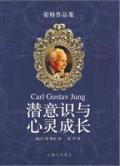
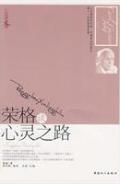
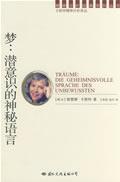

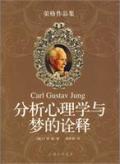
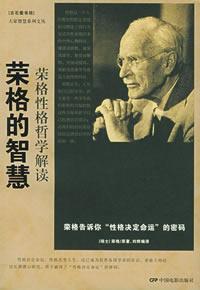


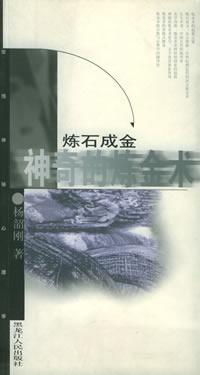
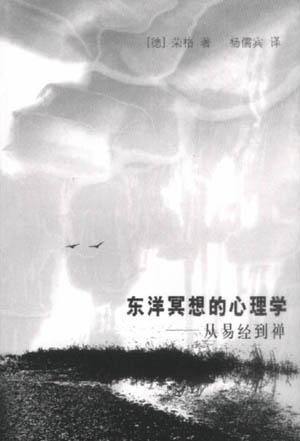

最新评论